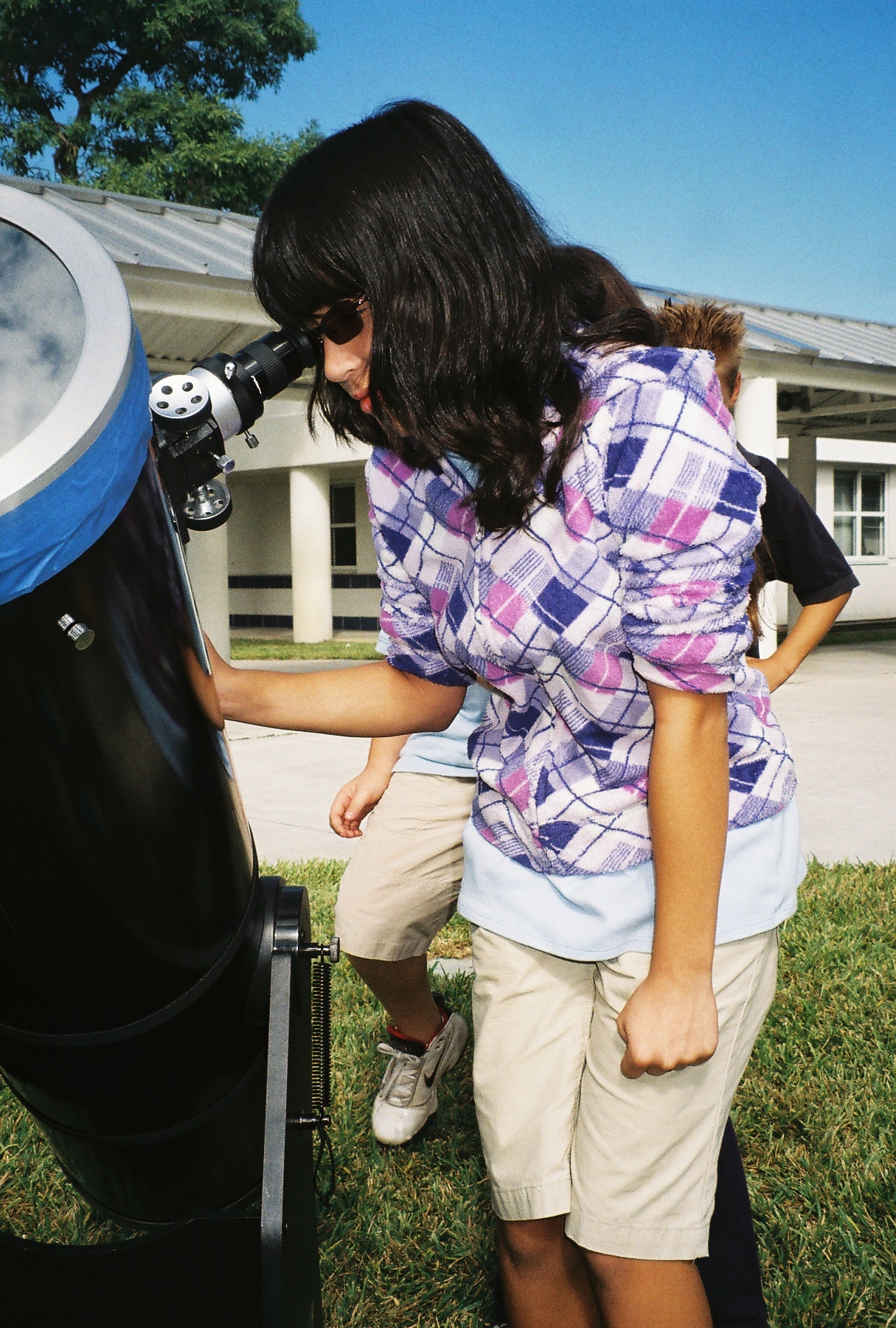
| |
The sun is a mass of incandescent gas
A gigantic nuclear furnace
Where hydrogen is built into helium
At a temperature of millions of degrees
Yo ho, it's hot, the sun is not
A place where we could live
But here on earth there'd be no life
Without the light it gives
- They Might Be Giants,
"Why Does the Sun Shine?"
|
The Sun gives off different kinds of energy: heat, visible light and invisible light. One invisible light that comes to Earth is called ultraviolet light. We're lucky that the Earth’s atmosphere protects us from most of the Sun’s UV, but some of it gets through and it is this UV light that can cause sunburn and eye damage. So, take care and protect yourself from the Sun!
REMEMBER—Wear sunscreen and stay in the shade when you can. Wear sunglasses on sunny days to protect your eyes from excessive UV. NEVER look diectly at the Sun without the proper solar filters (NOT sunglasses)! Make a safe Sun-Earth Connection when you are outdoors.
If properly protected, there ARE ways to look at the Sun. We can project it onto paper or even look at it through a telescope with solar filters. Solar events such as eclipses or transits (another planet passing in front of the Sun) are striking phenomena you won't want to miss, but you must carefully follow safety procedures. Don't let the requisite warnings scare you away from witnessing natural spectacles! You can experience the Sun safely, but it is vital that you protect your eyes at all times with the proper solar filters. No matter what recommended technique you use, do not stare continuously at the Sun. Take breaks and give your eyes a rest! Do not use sunglasses: they don't offer your eyes sufficient protection. See the NASA Eclipse 2017 site Eye Safety During Eclipses for definitive advice on safe solar viewing!
Links:
Meet Your Star: Viewing the Sun Safely
For grade-school classrooms bringing in an astronomer to help them look at the Sun, watch Meet Your Star: Viewing the Sun Safely.
+ Watch on YouTube
How to View the 2017 Solar Eclipse Safely from NASA, NASA, American Astronomical Society, American Academy of Optometry, American Academy of Opthamology
https://eclipse2017.nasa.gov/safety
Viewing the Sun Safely
http://www.skyandtelescope.com/observing/objects/sun/Viewing_the_Sun_Safely.html
Safe Sunwatching Techniques from NASA's spaceweather.com
http://spaceweather.com/sunspots/doityourself.html
Observing the Sun for Yourself from Stanford Solar Center
http://solar-center.stanford.edu/observe/observe.html
How to View an Eclipse from The Exploratorium
http://www.exploratorium.edu/eclipse/how.html
Recomendaciones para Observar el Sol
http://spaceweather.com/sunspots/doityourself_sp.html
(Spanish version of safe sunwatching)